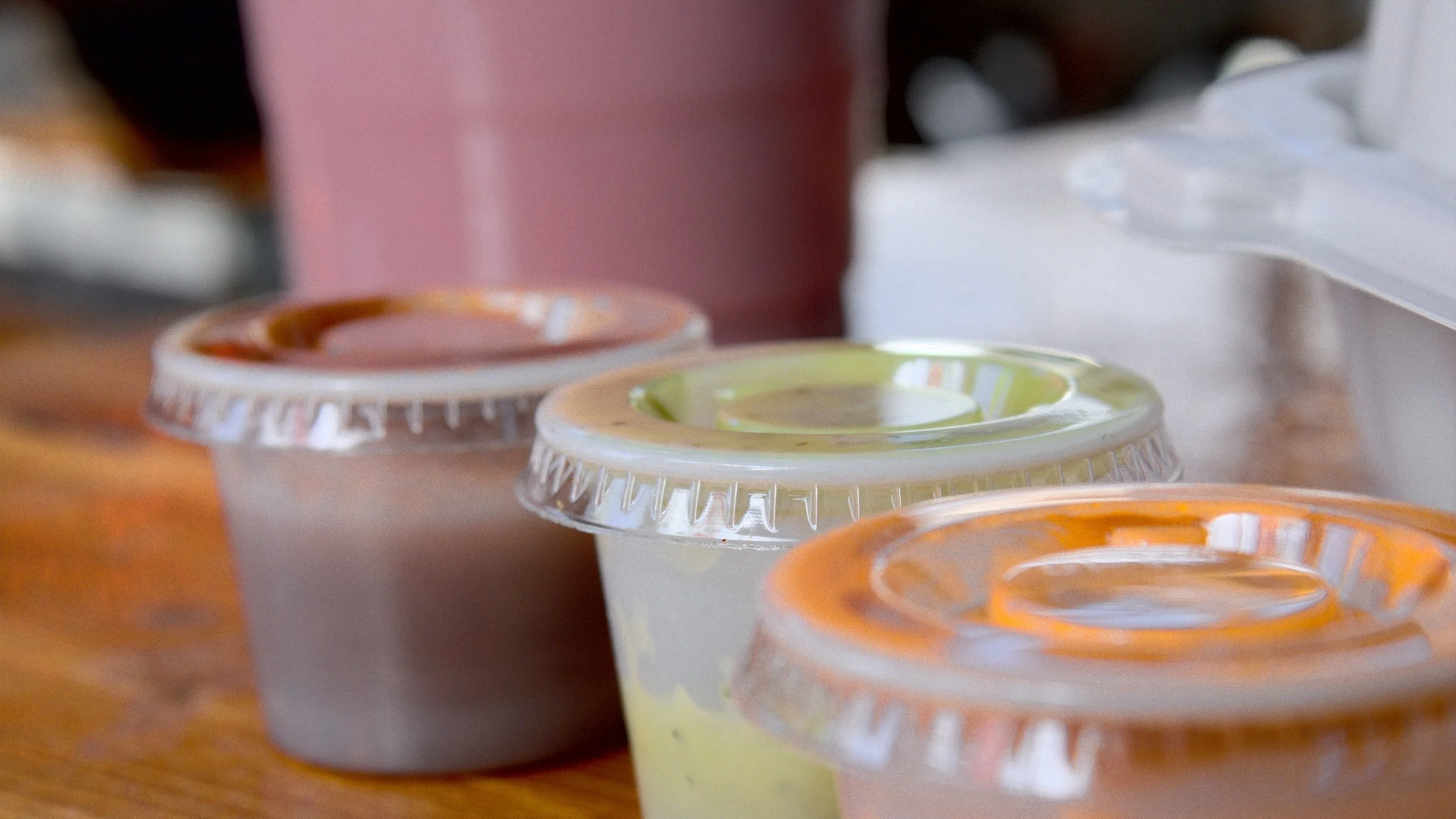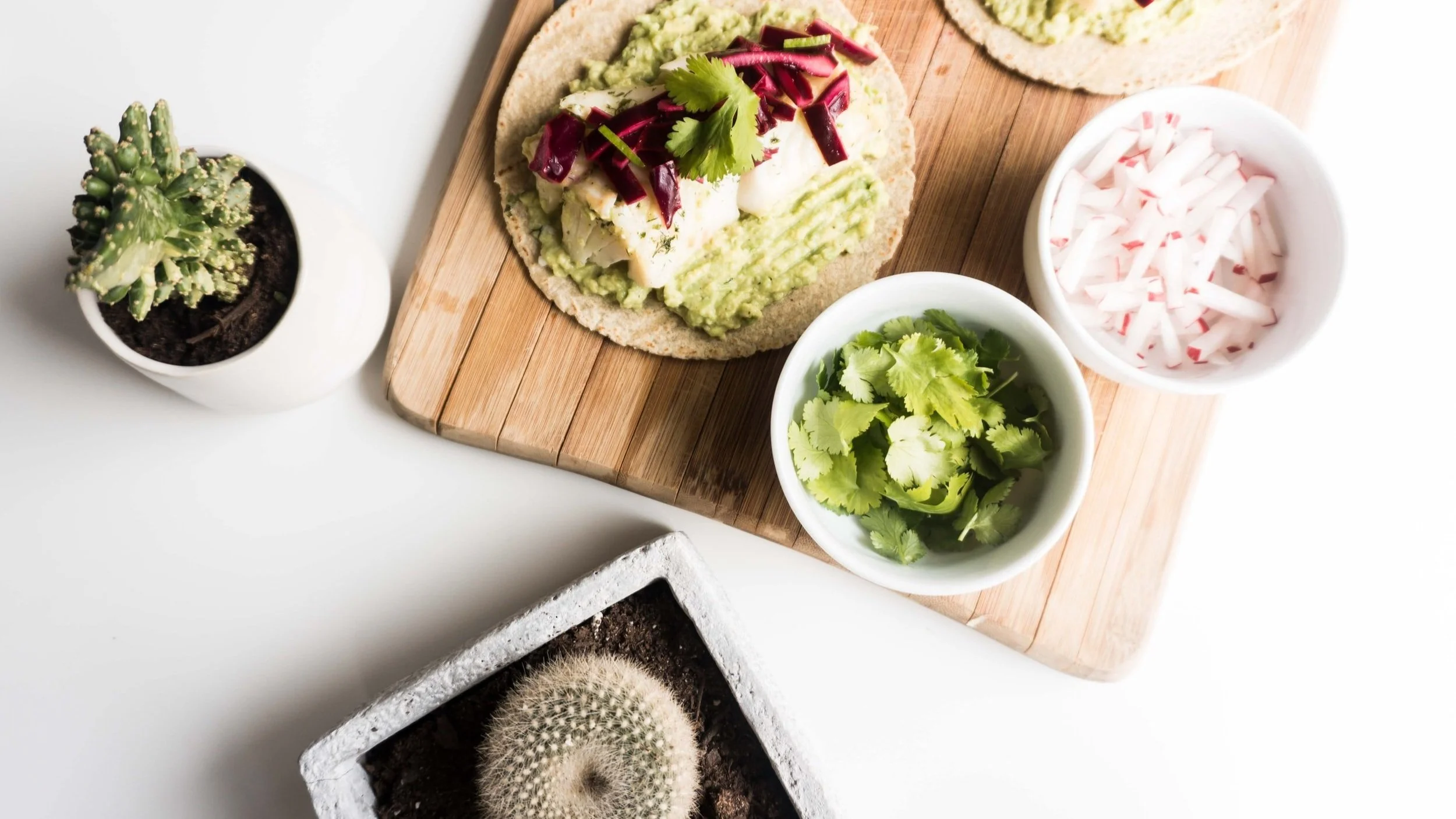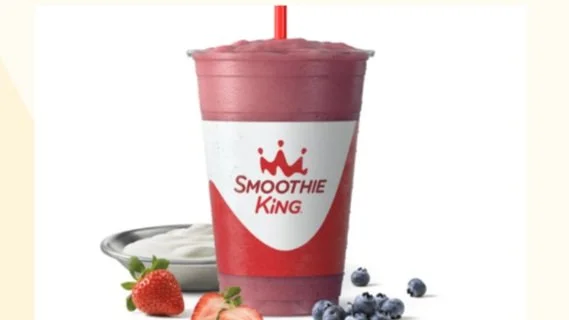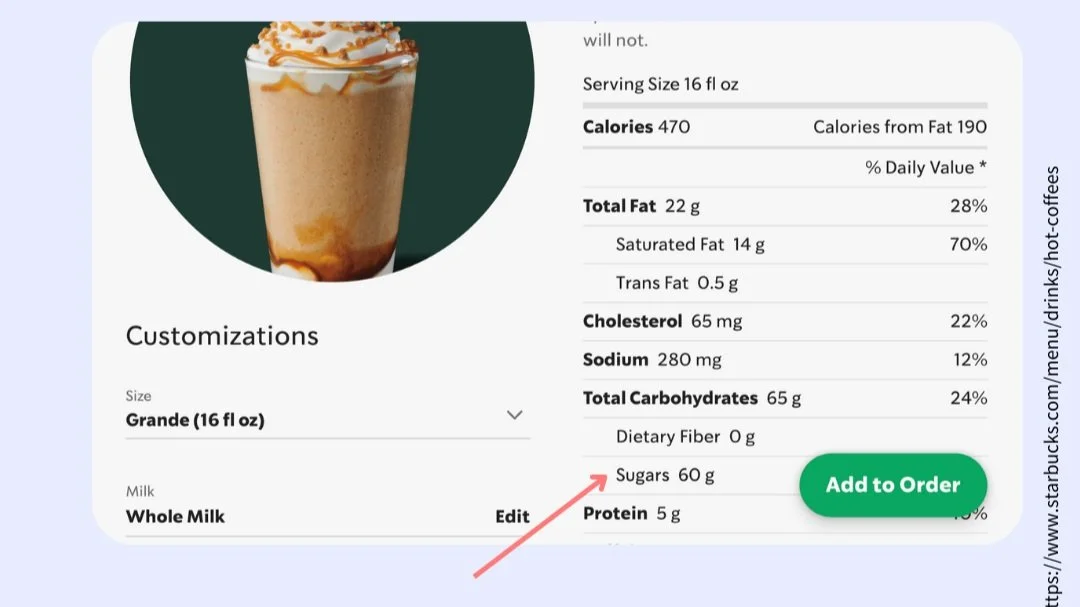Your Eating Decision Maze (part 2): See the Maze
Why I’m rooting for everybody Black… and for a happy and healthy new year!
We’re still squarely in our “New Year New You” mindset where we ambitiously set new year resolutions for 2021. Shoot, alliteration be darned, I’m personally on that “New Year New Me” vibe all month (even if it feels like only a few weeks ago that we all celebrated “happy new year 2020)!
Point is, I know how this goes. We think long and hard about what defines our version of a healthy mind and body for this new year. We write out all the new dietary resolutions we plan to adopt. We google wellness tips and new years resolutions apps galore.
But, let’s be honest, we followed this playbook last year without a ton of success. Our not-so-achiveable goals for 2020 aren’t exactly in the rear view mirror. We tried to make them happen, but we lost steam somewhere during the last ridiculously hectic 12 months.
Every other week of the year, we focus on identifying the habits of health. So, for this Holiday season, we’re switching it up and serving up the behavior science behind how to set and keep your new year goals to truly bring about a new you.
Remember that [cough] imaginary time you ate a dozen doughnuts by yourself without even realizing it? If this doesn’t sound familiar, you might want to read last week’s post (linked above).
You’re left wondering: How on earth did that happen? More importantly how do you keep that from happening again? Here’s how you solve that problem: you re-design your eating decision maze to avoid the temptation. Figure out how you ended up with access to a dozen doughnuts. Then make it VERY difficult for that to happen again.
Keep reading below for 3 steps on how to change your eating by re-designing your maze.
Supercharge your New Year, New You vibe with daily wellness tips texted to your phone every day- only $9.99/month
1) See The Maze
What Factors Influence Our Choices?
Our brain sees challenges and opportunities in everyday life like the walls and doorways of a maze. We move through the maze like mice with our prize waiting for us at the end.
We bump into a wall, change direction, bump into another wall, and so on, walking through only the free paths. We finally reach the prize, but it isn’t cheese. It’s a decision- often the only decision we could have reasonably made based the design of the maze.
What’s incredible is that we get here, to this choice, without being aware of all the walls and paths that guided our behavior. We think we had completely free will in choosing this outcome. But, we didn’t, did we?
There are tens and hundreds of subconscious influences that nudge our choices in one direction or the other every day. These are the walls and paths of our healthy eating maze. Behavioral Scientists calls this “choice architecture”
What Are Walls of The Healthy Eating Maze?
The walls are those pieces of your life that make it harder to choose certain options. You can’t walk through walls, so you can’t access the options that are on the other side of the wall. They’re called “barriers” in Behavior Change speak.
What Are Paths of The Healthy Eating Maze?
The free paths lead directly to a choice, making it dead simple to take advantage of certain options if you just follow along. These paths are called “predisposing” factors.
If you’re struggling to change eating habits in the New Year (or any habits for that matter), it’s probably because your walls/barriers aren’t aligned with your goals.
Somehow, your walls are blocking the options you want to take advantage of. And your free paths lead straight to your current habits. It would take superhuman strength to break through those walls. But, you don’t need to do all that.
Despite Structural Racism, You Are the Master Architect
Who builds the walls and paths?
The secret to changing your eating habits (and any behavior, really), isn’t harder work and more discipline. The secret is a little finesse. First understand where your walls are, then understand whether they were built by you or someone/something else.
You can shift the walls that you built. But, you can’t necessarily move the walls built by other people or circumstances, you might need to build a step stool to jump over them or find another path all together. Either way, you have the advantage of being the master architect of your own decision maze.
Structural Racism builds Tons of WALLS (HEALTH BARRIERS)
This concept of who built the walls can get complicated. So, let’s pause for an example. We already acknowledged that some walls (health barriers) were constructed by society (other people and circumstances). Because of the nature of structural racism, Black folks in the United States have a disproportionately higher number of these walls than our White counterparts.
Take food deserts and food swamps for example. Respectively, these are neighborhoods that are consistently deprived of the nutritious food that humans need to stay healthy and are conspicuously flooded with the highly processed food that kills people.
Living in a neighborhood where you can’t easily find healthy food? That’s a healthy eating wall if I’ve ever seen one.
Living in a neighborhood where every food option you see is artery-clogging, heart attack-causing fast food? That’s a problematic path for sure.
Food deserts and food swamps are more accurately called food apartheid areas because country-level datasets show that they are concentrated in neighborhoods that are predominantly Black at every level of income. So, the eating decision maze for the average Black American has more walls (apparent dead-ends) than their White counterpart’s maze.
Those differences contribute to the devastating gulf in health outcomes and life expectancy that results in Black Americans developing heart attacks and strokes at higher rates and younger ages than White Americans. These are only a few of the health disparities that our more complicated maze results in.
Can changes in local policies and laws shift those walls to create more equitable health opportunities for Black Americans? Maybe. But, that change won’t happen overnight. So, we need to start building step stools.
Click through the links below to see how.
What Do Behavior Change Barriers Look Like?
TIME
ACCESS
SKILLS and KNOWLEDGE
CRAVINGS/EMOTIONAL EATING
What does shifting barriers look like?
To shift barriers, context is key


![Making the Simple Wine Vinaigrette [Recipe]](https://images.squarespace-cdn.com/content/v1/5c7316af11f7846b135b9fe7/1653718827515-9ZC3GTFPBG1JYRTLNRYT/Simple%2BWine%2BVinaigrette%2BRecipe.jpg)







